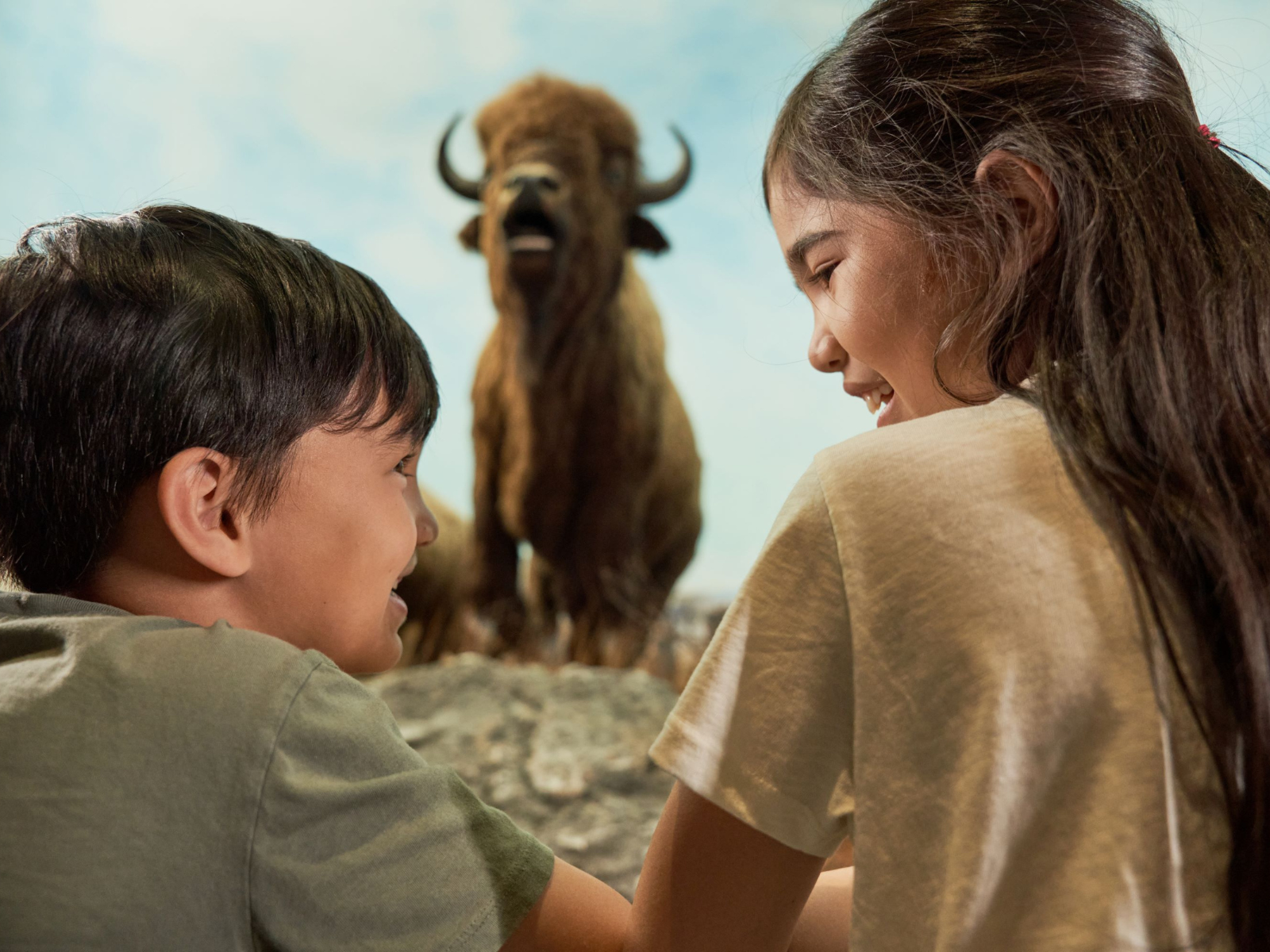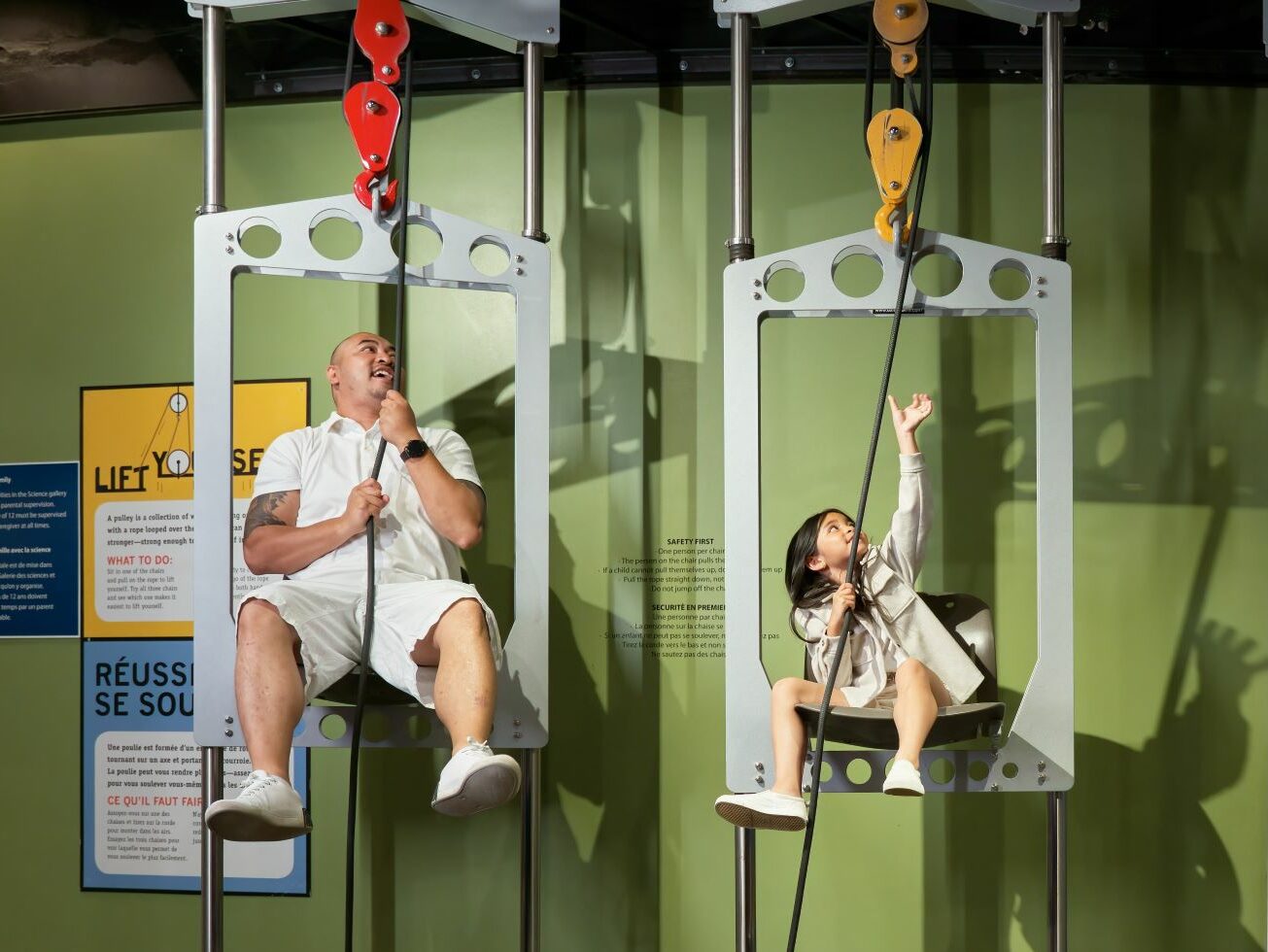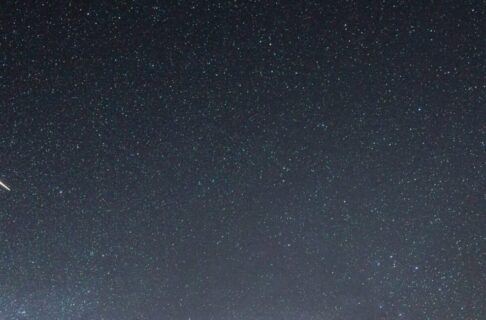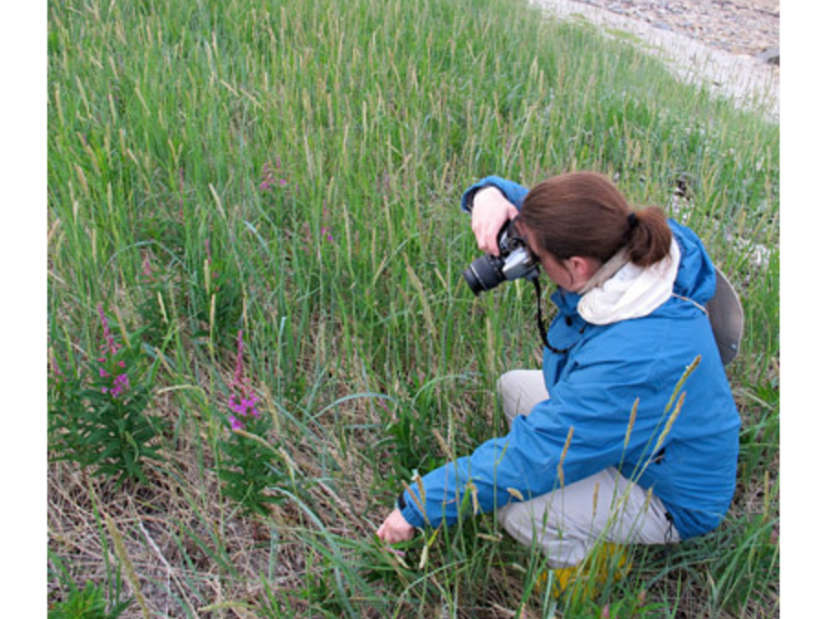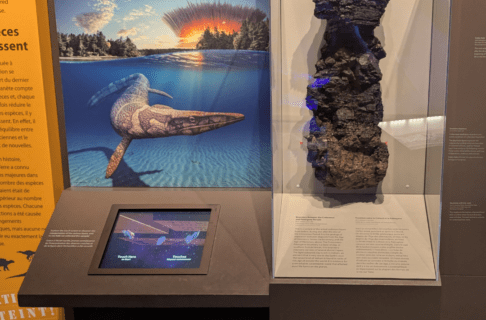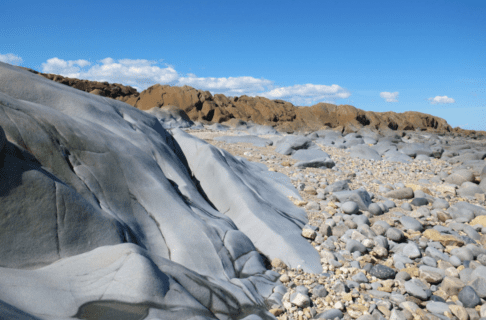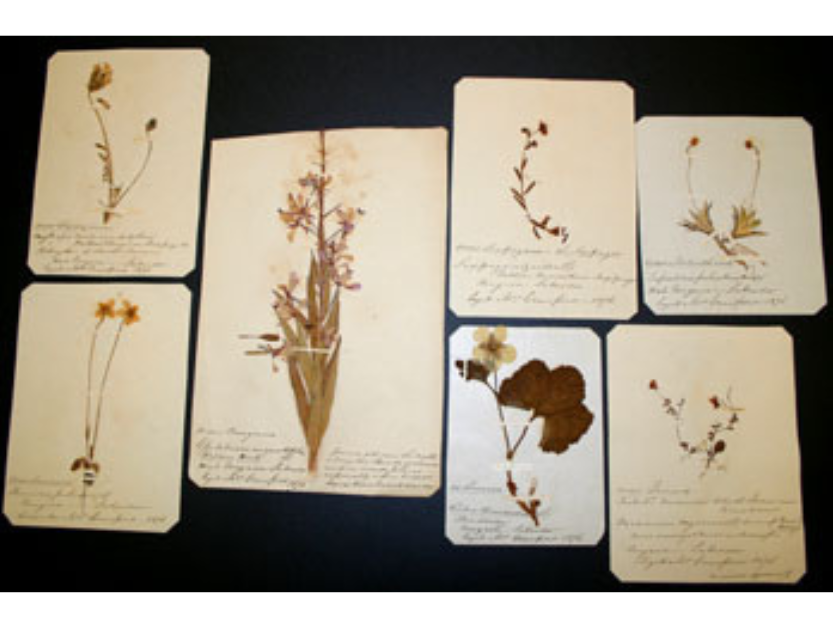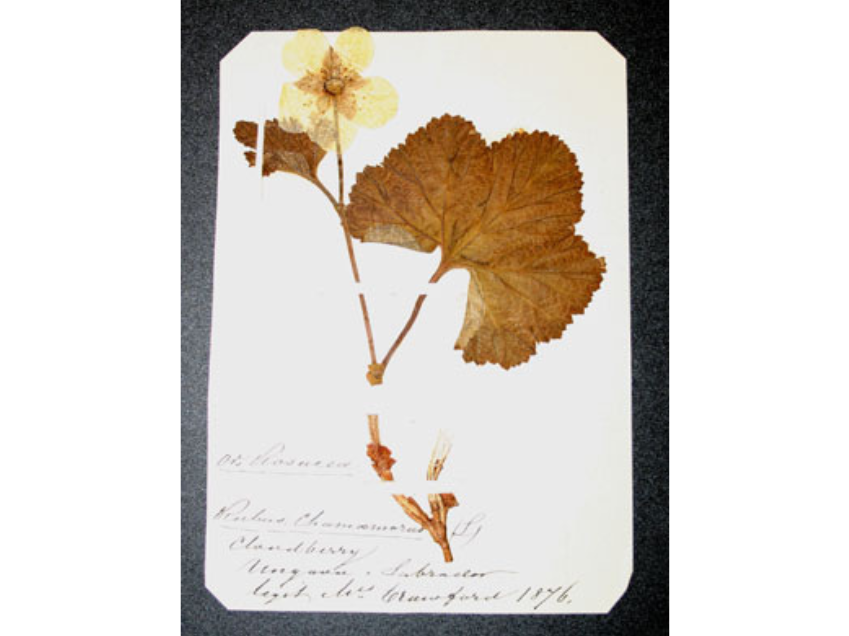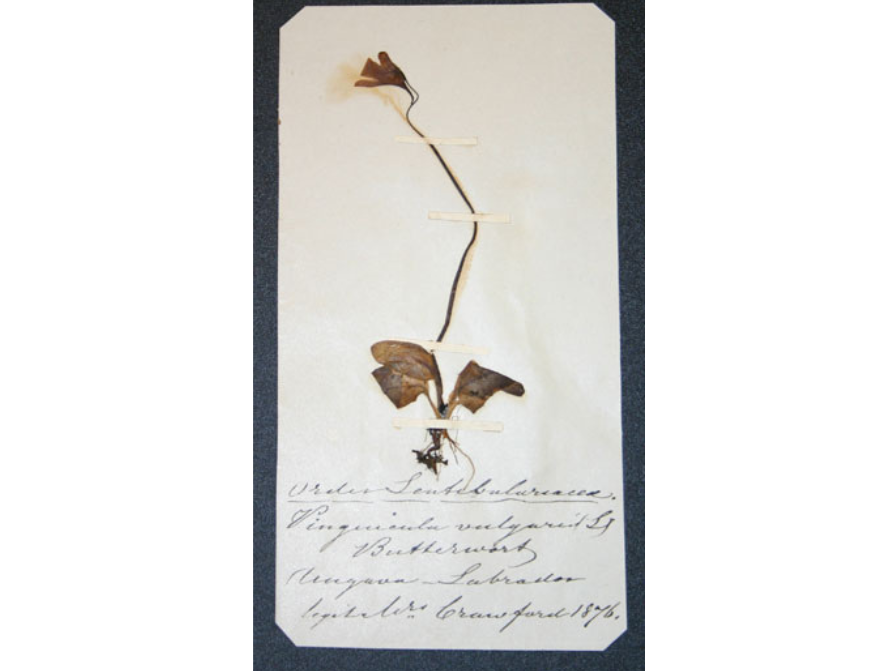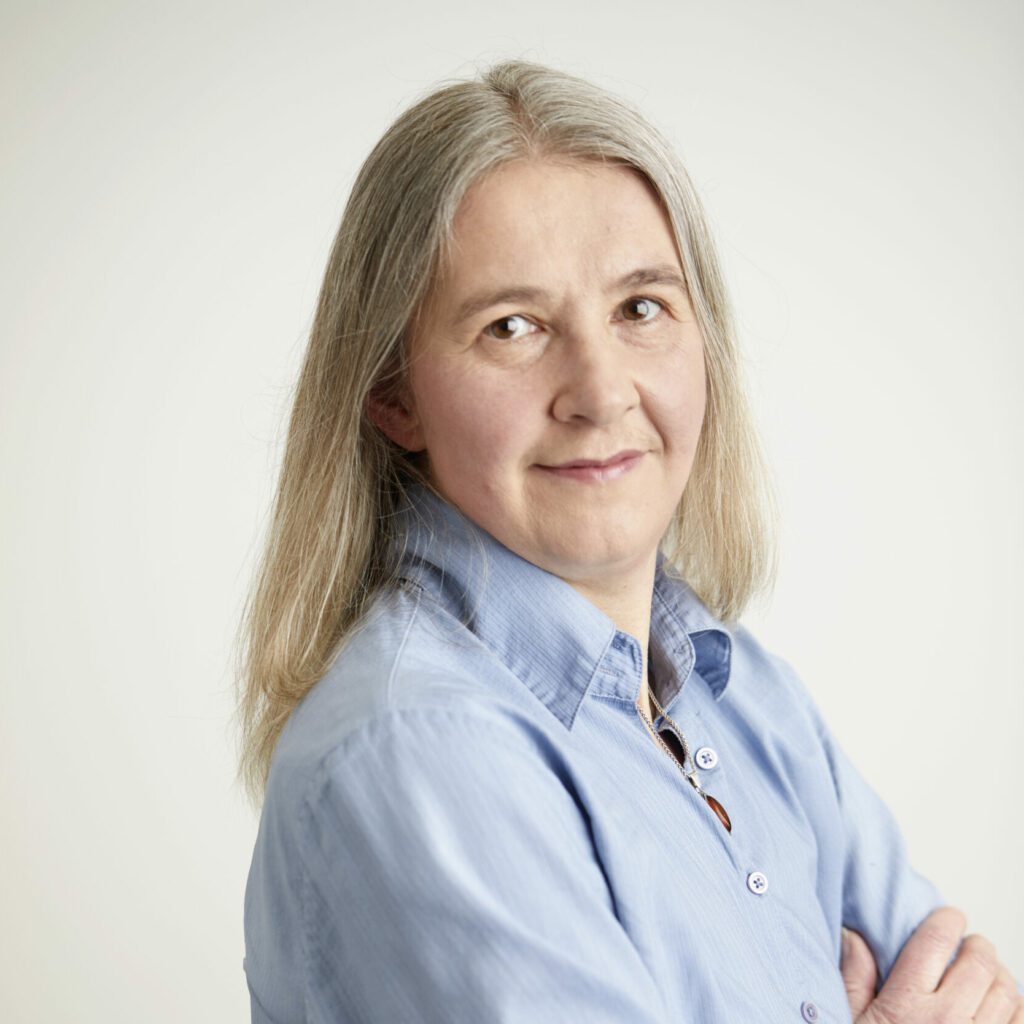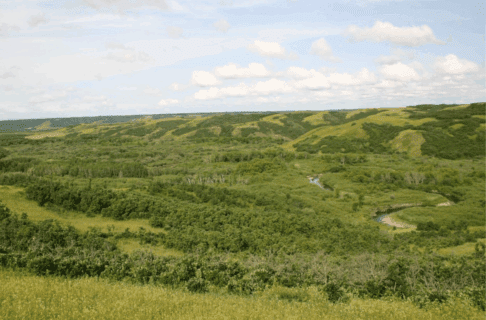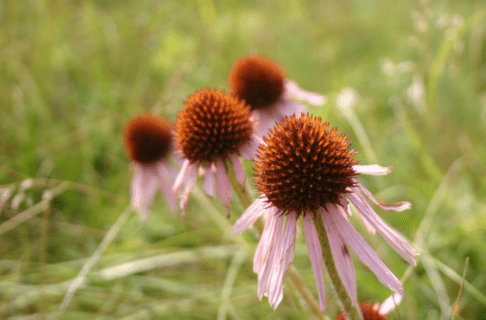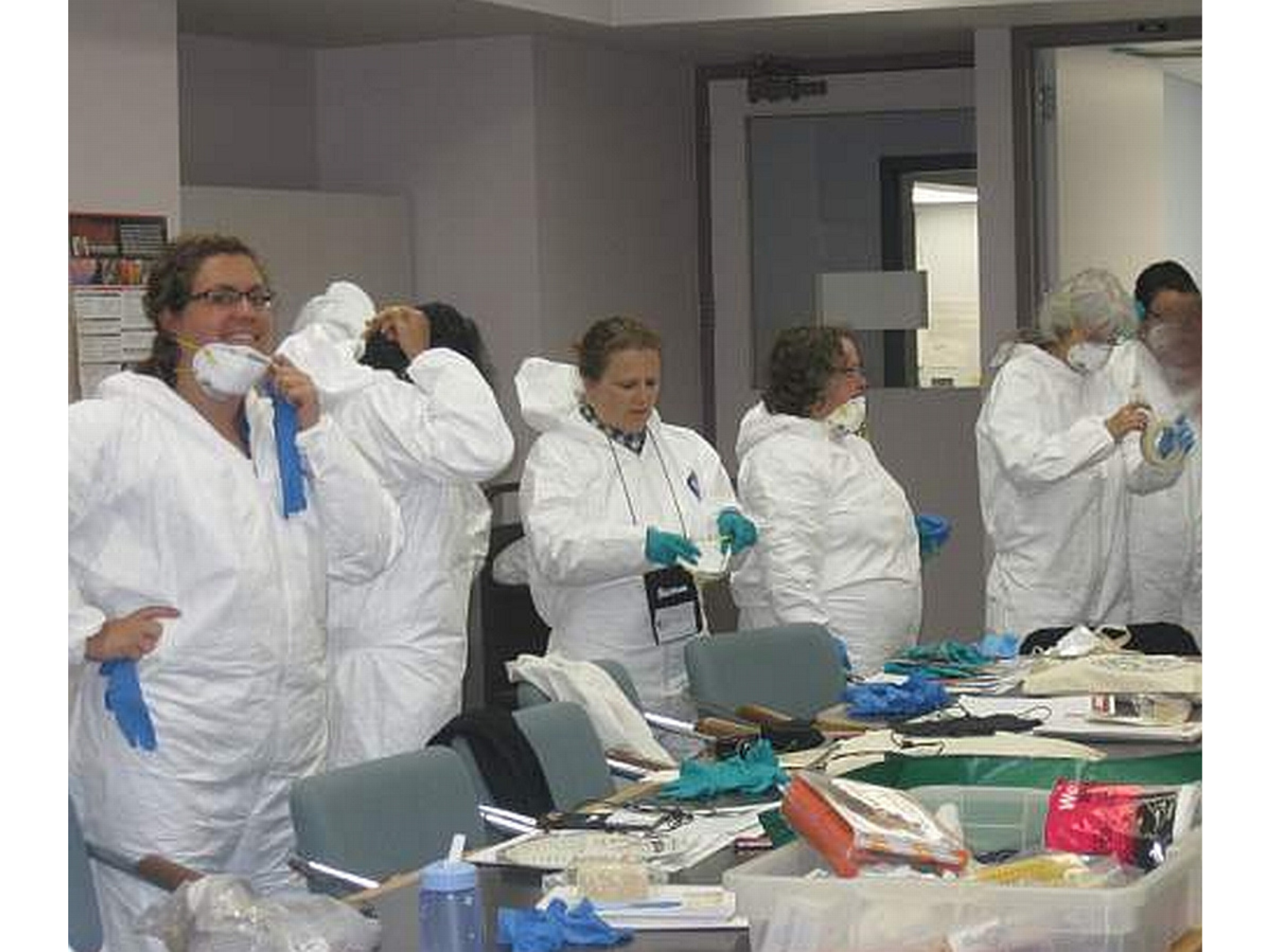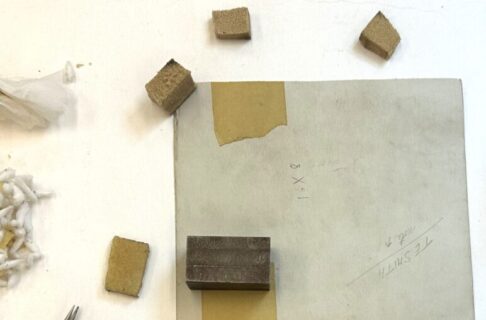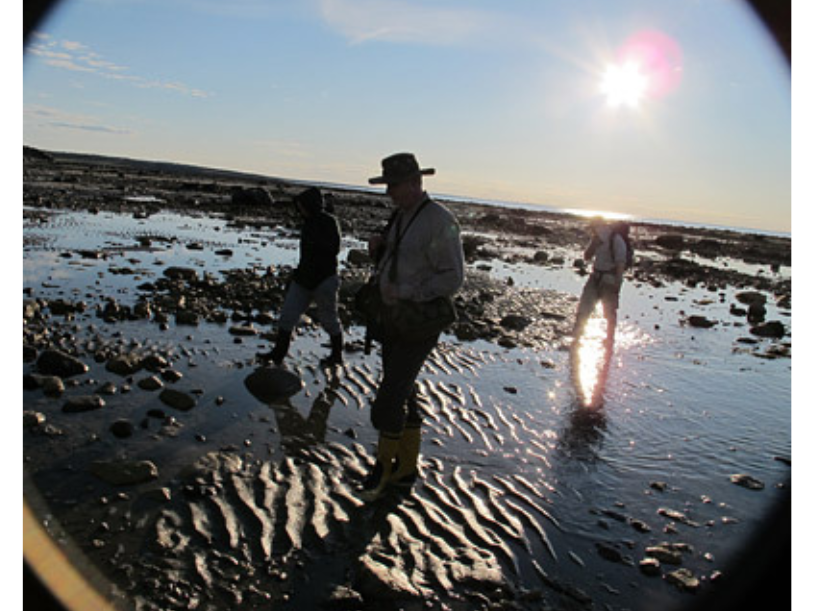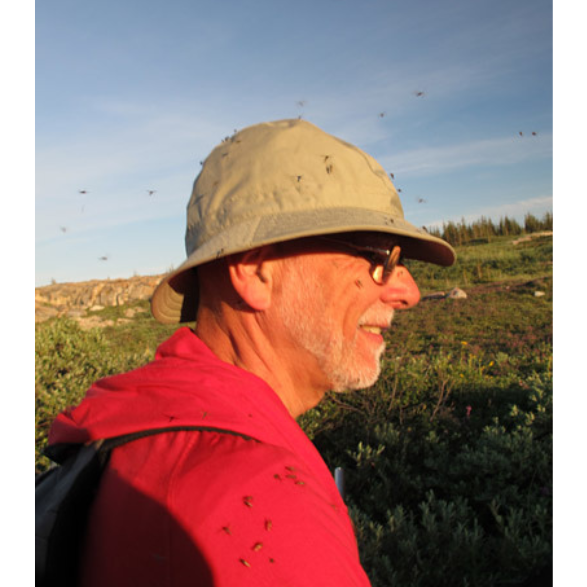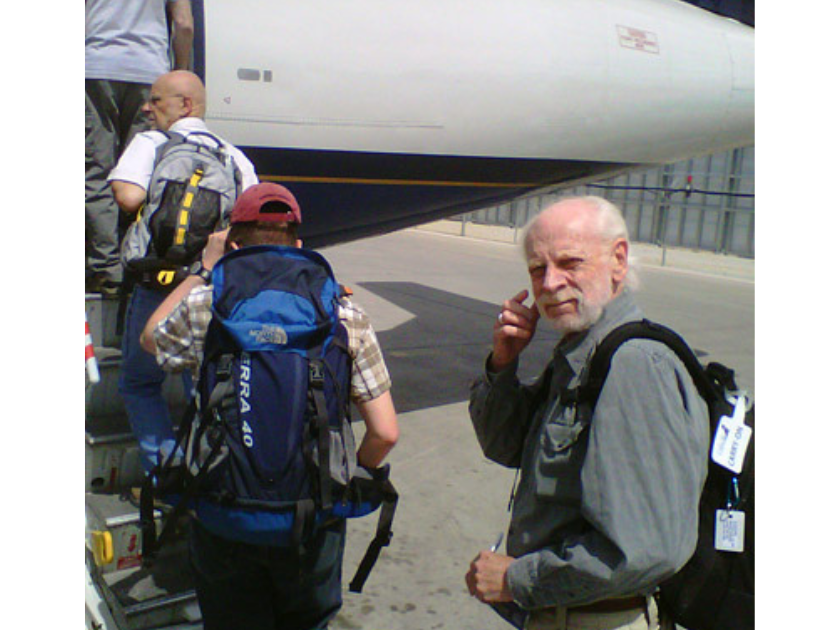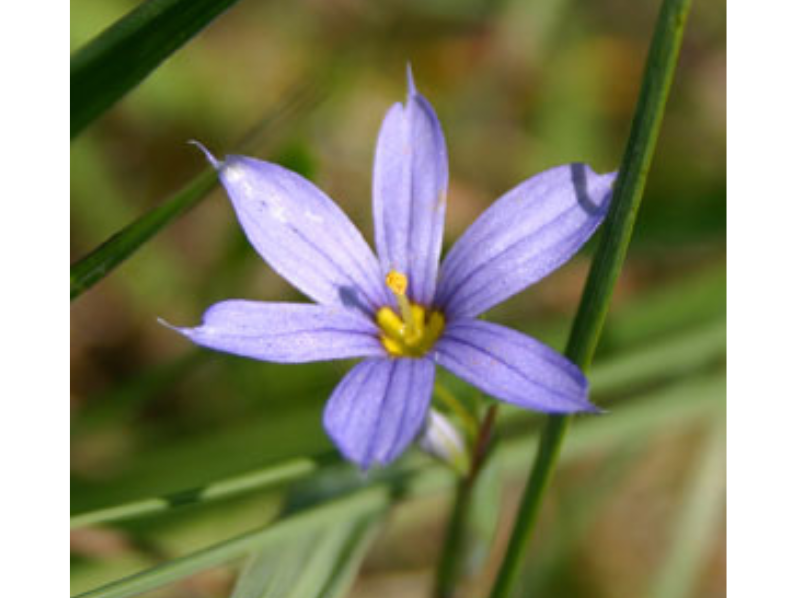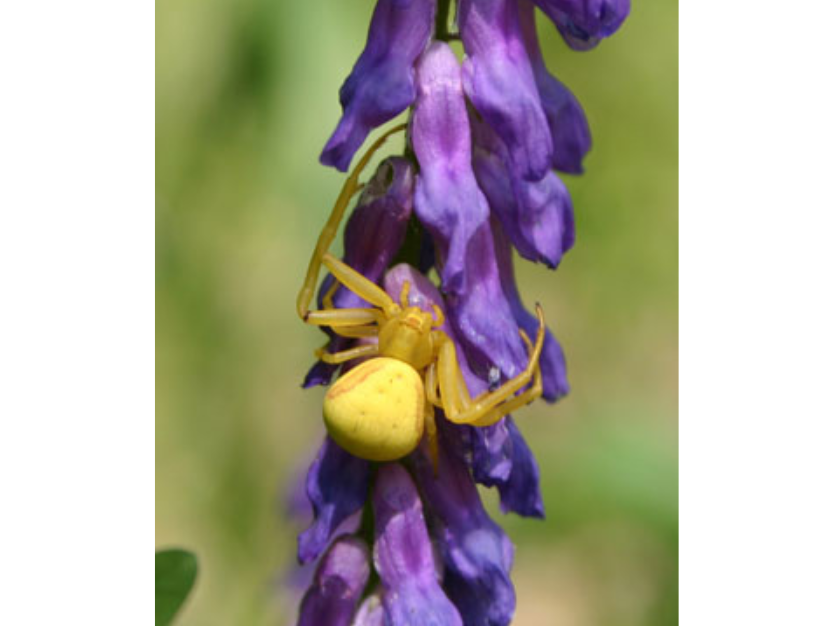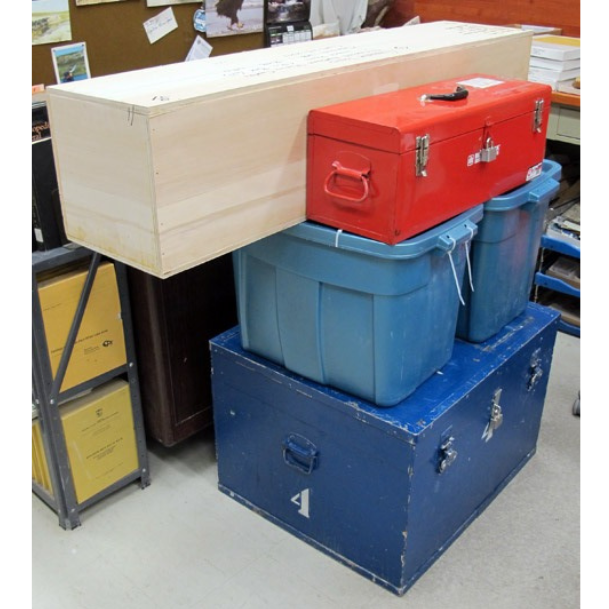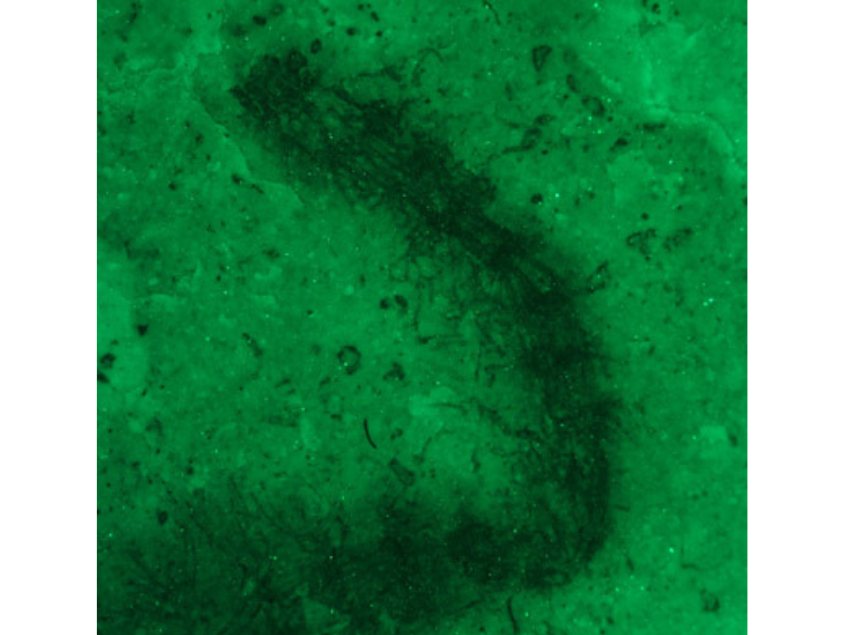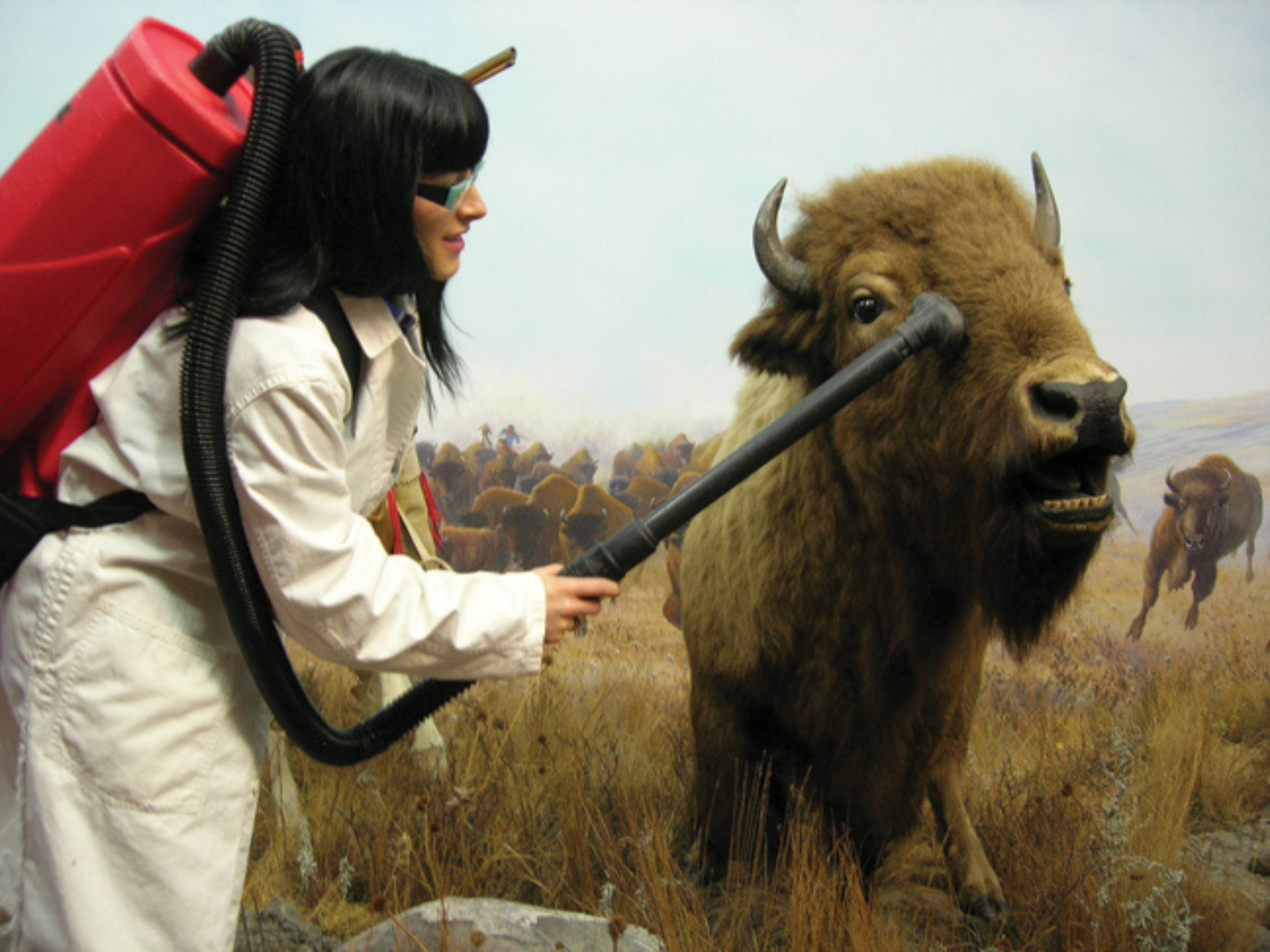Posted on: Wednesday August 24, 2011
On August 23 at about 9:35 pm, a bright fireball was seen across southern Manitoba and several U.S. States. We are collecting reports of the object to determine where it came from and also where any pieces might have landed. If you say this object, please email us at skyinfo@manitobamuseum.ca with the details.
Please include the following information:
- Where you were when you saw it;
- The direction you were facing when you first saw it;
- Whether the object was moving left-to-right, right-to-left, or up-and-down, and at what angle
- How high above the horizon it was – use the degree scale, where 0 is the horizon, 90 is straight overhead. So, halfway up the sky is 45 degrees, a third of the way up from the horizon is 30 degrees, etc.
- Any other details – colour, sound, how long you saw it for, etc.
Your reports can help us track down this object, which was probably a small asteroid burning up in the atmosphere.

